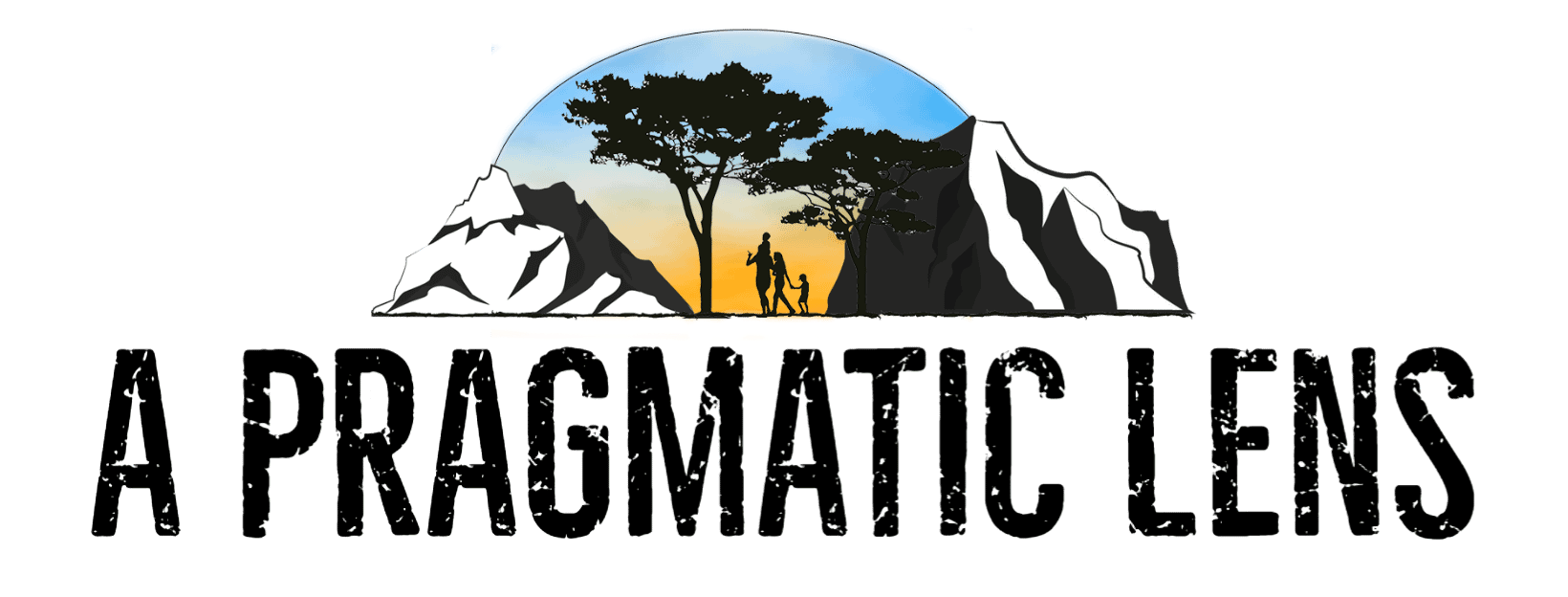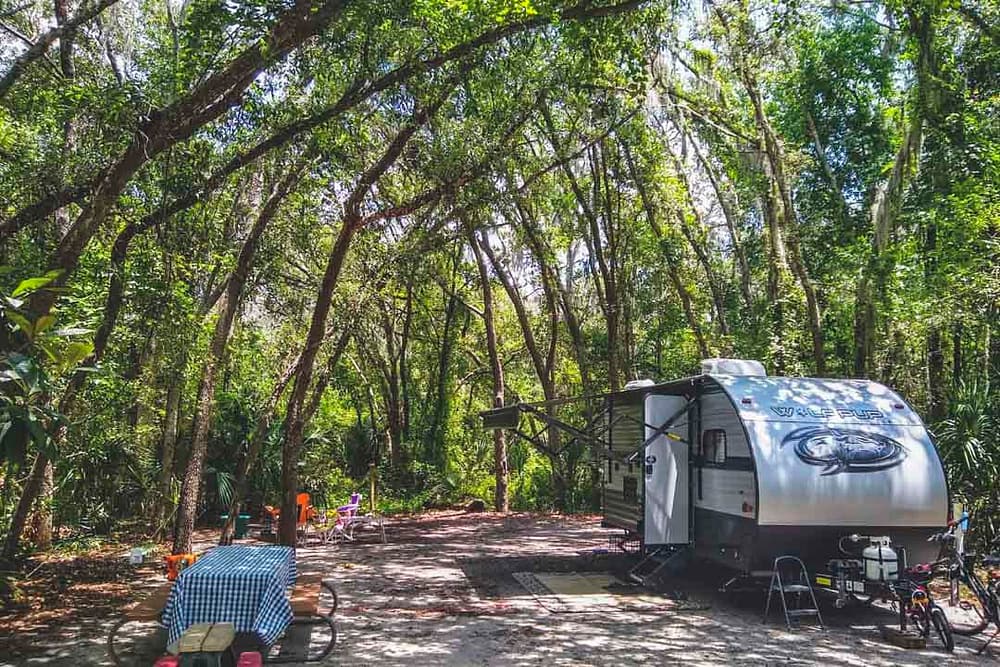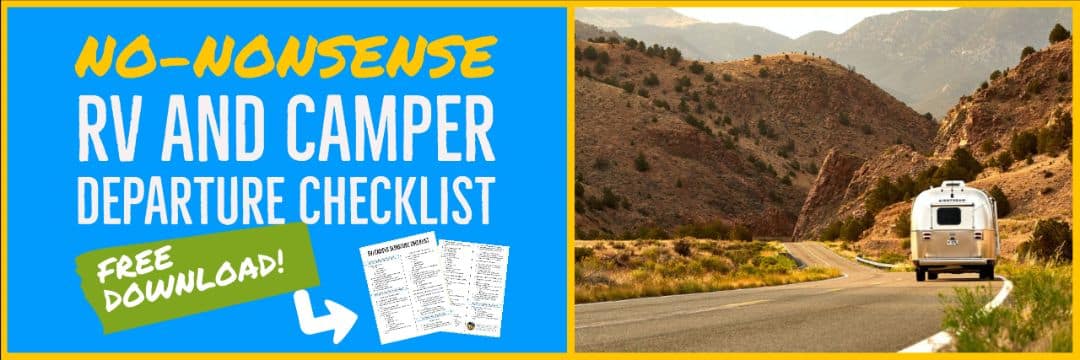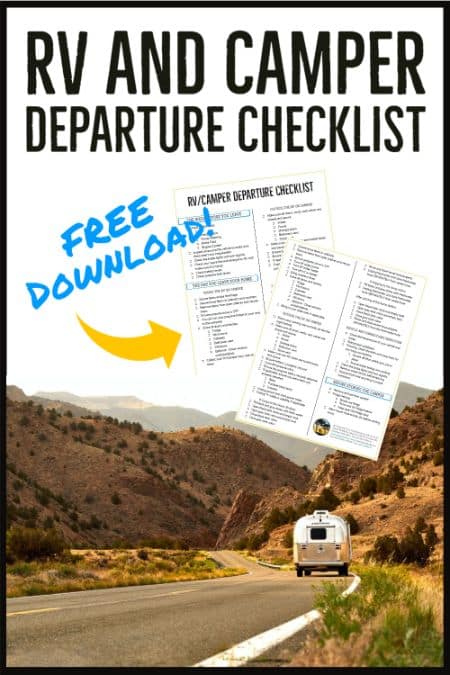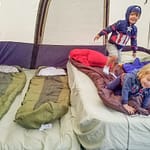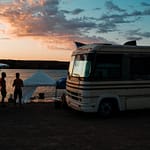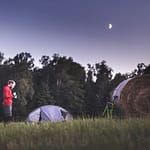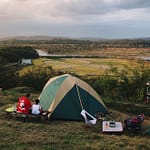If you are now the lucky owner of a camper or RV, you are probably overwhelmed by all the new things you need to keep track of. No worries! It will get easier over time. In the meantime, I am providing an RV Departure Checklist to make it simple (and safer!) to get on the road. I am including:
- A list of things to do the week before your trip.
- What to check the day you leave your home.
- What to do when it is time to leave camp.
This post may contain affiliate links. Visit the Disclaimer page for more information.
The Importance of an RV Departure Checklist
While having an RV or camper will dramatically improve your comfort when camping, it also adds a level of complexity you may not be used to.
You will now need to keep track of all the items, cables, hoses, connections, cabinets, attachments, hitches, and other aspects that were not on your mind before.
And it is important to do it well.
If you are not paying attention and are not methodical when hitting the road, you risk damaging your investment and putting your family in danger.
Yet, it is difficult to remember all the things you need to do, especially when you have so many other things to take care of before getting on the road.
This is why most campers and RVers have some sort of list to go through, even if they have been doing this for many years.
What to do with this list
You have two options as far as using this list:
- You may simply copy and paste the information
- You may download a FREE printable PDF here (available to subscribers)
During the week before you leave
Inspect your RV or Towing Vehicle
- Check all the fluids
- Oil
- Transmission
- Power Steering
- Brake Fluid
- Engine Coolant
- Inspect all around the vehicle to make sure there aren’t any irregularities
- Check the brake lights and turn signals
- Check your spare tire and emergency kit, and make sure it is handy
- Check battery levels
- Check propane tank levels
The Day you leave your home
Inside the RV or Camper
- Secure items inside the fridge
- Secure loose items in cabinets and counters
- Remove items from open shelves and secure them
- Ensure propane stove is OFF
- You can run your propane fridge on your way to the campsite
- Close all doors and latches
- Fridge
- Microwave
- Cabinets
- Bathroom vent
- Windows
- Optional – Close window curtains/blinds to prevent unnecessary interior UV damage
- Collect your RV/camper keys and secure them
Related: How to Organize your Tiny Camper Kitchen
Outside the RV or Camper
- Make sure all doors, vents, and valves are closed and secure
- Water
- Power
- Storage doors
- Bathroom vent
- Stove vent
- Make sure your RV stairs are tucked away and secure
- Ensure battery is properly secured
- Ensure the propane tank is securely attached
- If applicable, fill out the fresh water tank
- If applicable, ensure any extra items are properly attached
- Bikes
- Portable black tanks
- Scooters
- If applicable, remove all utility connections
Related: The RV Kitchen Accessories your New RV Needs
Vehicle and Connections Inspection
- Check the tire pressure of your vehicle and trailer
- If applicable, retract jack stabilizers
- If towing, check the hitch and sway bars for any loose connections
- Ensure all hitch safety pins are in place
- Ensure trailer brakes are working
- Remove wheel chocks before leaving
- Check the brake lights and turn signals
The Day you Leave Camp
Inside the RV
- Secure items inside the fridge
- If turning fridge off, consider placing ice packs to keep items from getting too warm.
- Secure loose items in cabinets
- Remove items from open shelves and secure them
- Ensure propane stove is OFF
- Turn off the water pump
- Turn off the water heater
- Turn off AC or heater
- Bring antenna down
- Close all doors and latches
- Fridge
- Microwave
- Cabinets
- Bathroom vent
- Windows
- Bring in your slide-outs, if applicable
- Optional – Close window curtains/blinds to prevent unnecessary interior UV damage
Outside the RV or Camper
- Roll in your awning (we normally do this the night before)
- Make sure all doors, vents, and valves are closed and secure
- Water
- Power
- Storage doors
- Bathroom vent
- Stove vent
- Make sure your RV stairs are tucked away and secure
- Ensure battery is properly secured
- Close the propane valve
- Ensure the propane tank is securely attached
- If applicable, ensure any extra items are properly attached
- Bikes
- Portable black tanks
- Scooters
- Unplug power and store power cable
- Unplug TV cable or satellite, if applicable
Related: RV Accessories: Must-Haves for your New RV
If Campsite Has Sewer Hookups
- Fill black and gray tanks with fresh water
- Open black tank valve and empty tank
- Open grey tank valve and empty tank
- Close black tank valve
- Close grey tank valve
- Rinse and store sewer hose properly
- Unplug freshwater and store freshwater hose SEPARATELY from sewer hose.
If stopping by the dump station
- Fill black and grey tanks with freshwater
- Unplug freshwater and store freshwater hose SEPARATELY from sewer hose.
After arriving at the dump station:
- Open black tank valve and empty tank
- Open grey tank valve and empty tank
- Close black tank valve
- Close grey tank valve
- Rinse and store sewer hose properly SEPARATELY from the freshwater hose.
Related: 5 Best Dry Camping Travel Trailers
Vehicle and Connections Inspection
- Check the tire pressure of your vehicle and trailer
- Retract jack stabilizers
- If towing, check the hitch and sway bars for any loose connections
- Ensure all hitch safety pins are in place
- Ensure trailer brakes are working
- Check the brake lights and turn signals
- Remove wheel chocks before leaving
- Discard trash and recycling in proper containers
Before Storing the Camper
- Remove all food from camper
- Fridge cleanup
- Empty out fridge
- Thaw and dry fridge interior
- Keep open the fridge door
- Allow sewer hose to fully dry
And that is all! Remember that you can grab a Printable copy of this list for FREE!

